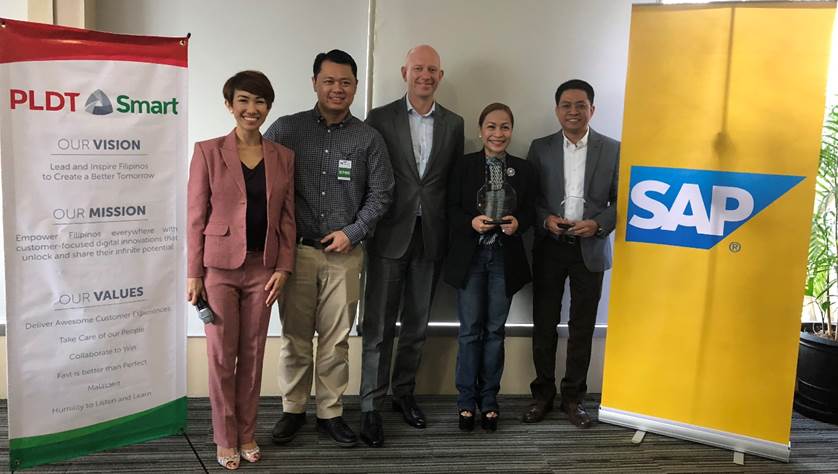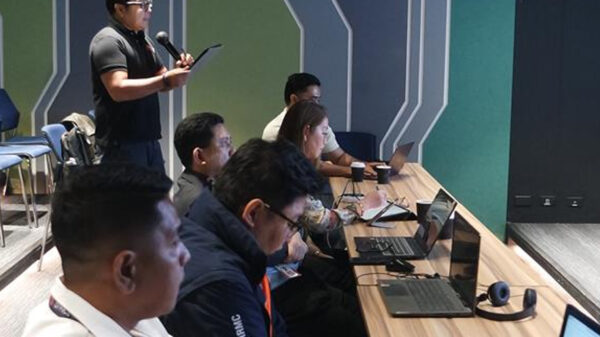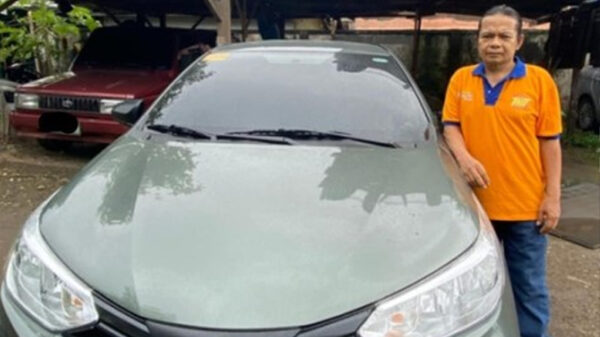PLDT, Inc., the country’s largest telecommunications company, has completed implementation of the SAP Revenue Accounting and Reporting (RAR) solution. This implementation makes PLDT the first in the Philippines to use RAR as a step in addressing the International Financial Reporting Standards (IFRS) compliance requirements.

From left: Ella Mangubat – SAP Philippines Digital Business Services General Manager, Albert Billones – Head of IT CSS for PLDT, Claus Andresen – President and Managing Director of SAP Southeast
Asia, Chaye Cabal-Revilla, SVP and PLDT Group Controller and concurrent Smart CFO and Edler Panlilio, Managing Director of SAP Philippines.
The project is part of PLDT’s digital finance transformation efforts. It is aimed to continuously improve business processes to adopt to changing market and regulatory requirements. The company first adopted SAP Enterprise Resource Planning (ERP) in 2006 in order to streamline and standardize finance practices across the group and to change the role of Finance from bookkeeper to enterprise controller, business planner and adviser. This paved the way to increased transparency, improved reporting capabilities and faster decision-making.
Over the next few years, PLDT’s Finance Team has initiated additional technology-enabled process enhancements in the area of treasury and cash management, investment management and most recently in the legal and management consolidation functions with SAP Business Planning and Consolidation (BPC).
2017 proved to be yet another significant year as PLDT prepared for transformation in financial reporting and compliance. With the adoption of SAP RAR, PLDT’s SAP system is able to generate reports that helped the company towards the adoption of IFRS 15, a new revenue recognition standard, mandated by the Philippine Financial Reporting Standards Council (FRSC) and the Board of Accountancy, which took effect last January 2018.[1]
The new IFRS 15 revenue recognition standard eliminates the transaction and industry-specific revenue recognition guidance under current U.S. GAAP and replaces it with a principle-based approach for determining revenue recognition. The change can affect companies’ reported revenue, how and when they report financial performance, and overall financial decision making.
Chaye Cabal-Revilla, SVP and PLDT Group Controller and concurrent Smart CFO, said “We are happy to usher in a new digital era in finance within PLDT. As a publicly listed company in the Philippines and in the U.S., it is crucial for us to move forward towards IFRS 15 – both at a country and global standard level.”
Revilla also noted that as a large and diversified conglomerate, the PLDT Group has challenges in integrating different organizations and different Lines of Business who usually maintain their own operation and system of record. With the latest SAP technologies, PLDT is able to look into these entities’ performance and contribution to PLDT consolidated operations. Soon, when S4HANA becomes its digital core, PLDT will be able to embark on another Finance Transformation project that will be focused on business users’ empowerment, predictive capabilities, collaboration between Lines of Business and partner networks and mobile-ready applications.
Commenting on the completion of the project, Edler Panlilio, SAP Philippines Managing Director, said “For SAP, it has always been our purpose to help Filipino conglomerates like PLDT to run better. With this strong collaboration, we are extending SAP’s expertise to guide them in their journey towards digital transformation just as SAP has enabled the world’s leading conglomerates to run better.”
“Our best consultants around the world have been pulled in to moving this complex project forward,” adds Ella Mangubat, SAP Philippines Digital Business Services (DBS) General Manager, whose team led the implementation. “PLDT has also embraced SAP cloud solutions which showed a very strong commitment for a true digital transformation. We at Digital Business Services will provide PLDT all the support they need in their journey.”
The SAP Revenue Accounting and Reporting (RAR) application automates and simplifies revenue accounting and supports companies as they comply with both current and impending accounting standards. This is the first in a series of International Financial Reporting Standard (IFRS) solutions from SAP designed to help finance executives comply with IFRS 15, IFRS 16 and IFRS 9.




















































































































